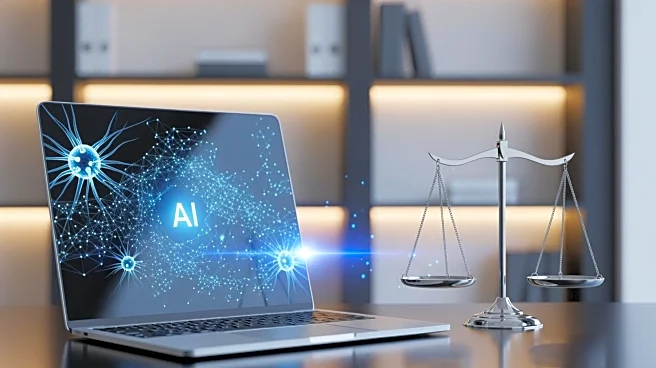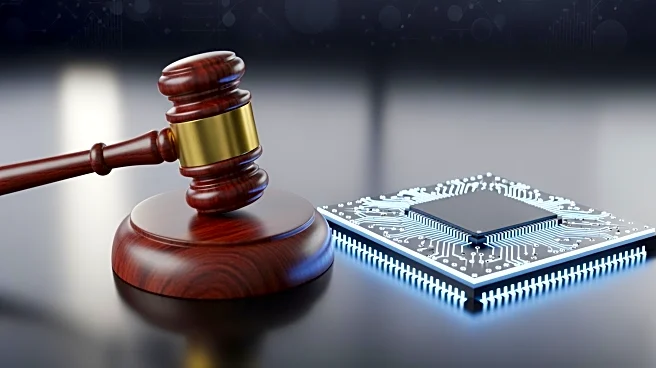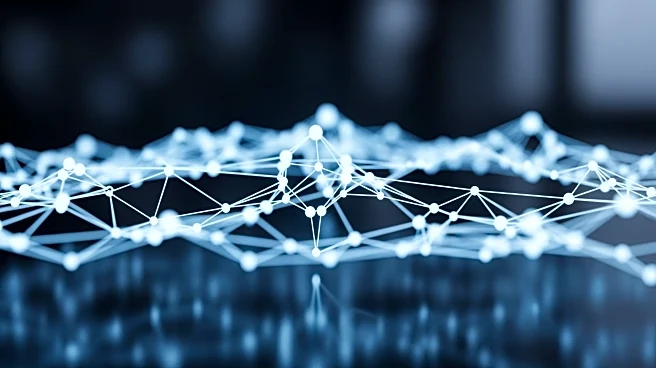What's Happening?
Darrow, a legal intelligence firm, is leveraging advanced technology to address a significant blind spot in legal practice: the proactive identification of systematic harm. Traditionally, legal practices
have operated under a reactive model, addressing issues only after they are brought to their attention by clients. Darrow is changing this dynamic by using artificial intelligence to scan vast databases, including regulatory filings and consumer complaints, to detect patterns of harm that might otherwise remain hidden. This approach allows attorneys to identify potential legal violations months or even years earlier than traditional methods, enabling a shift from reactive to proactive legal practice. The firm has developed tools that can process millions of data points, clustering similar complaints and identifying statistical anomalies, which helps in uncovering issues such as defective medical devices and securities fraud.
Why It's Important?
The use of legal intelligence by Darrow represents a significant shift in the legal industry, offering the potential to address systematic harm more effectively. By identifying violations early, attorneys can intervene before evidence degrades and memories fade, which often happens under the reactive model. This proactive approach not only enhances the efficiency of legal practices but also ensures that justice is served more promptly. The ability to detect and cluster patterns of harm at scale can lead to more informed decisions about resource allocation and case prioritization, providing competitive advantages to firms that adopt these technologies. Ultimately, this innovation could redefine the legal profession's role in safeguarding public interest and ensuring accountability.
What's Next?
As legal intelligence tools become more integrated into legal practices, firms that embrace these capabilities are likely to gain a competitive edge. They will be able to identify high-value cases before their competitors, approach potential plaintiffs with comprehensive research, and make more informed decisions about resource allocation. The partnership between AI and human judgment is expected to enhance the profession's ability to identify and address systematic harm. The future of legal innovation will likely focus on combining AI's analytical power with human judgment and advocacy skills, ensuring that harm does not go unaddressed and justice is not limited by traditional constraints.
Beyond the Headlines
The integration of AI into legal practices raises ethical and cultural considerations, particularly regarding the balance between technology and human judgment. While AI can process vast amounts of data and identify patterns, the interpretation and application of this information remain fundamentally human tasks. The successful implementation of legal intelligence will depend on the ability of attorneys to combine AI's capabilities with their own expertise in context and legal argumentation. This evolution in legal practice could lead to long-term shifts in how legal services are delivered and perceived, emphasizing the importance of proactive intervention and systematic harm detection.












